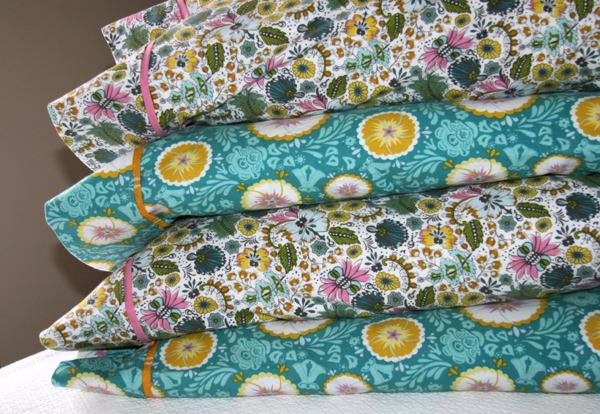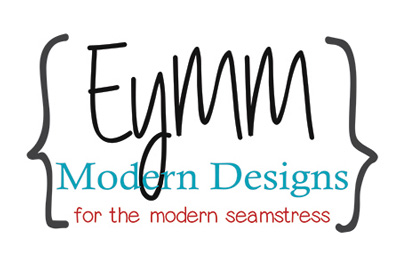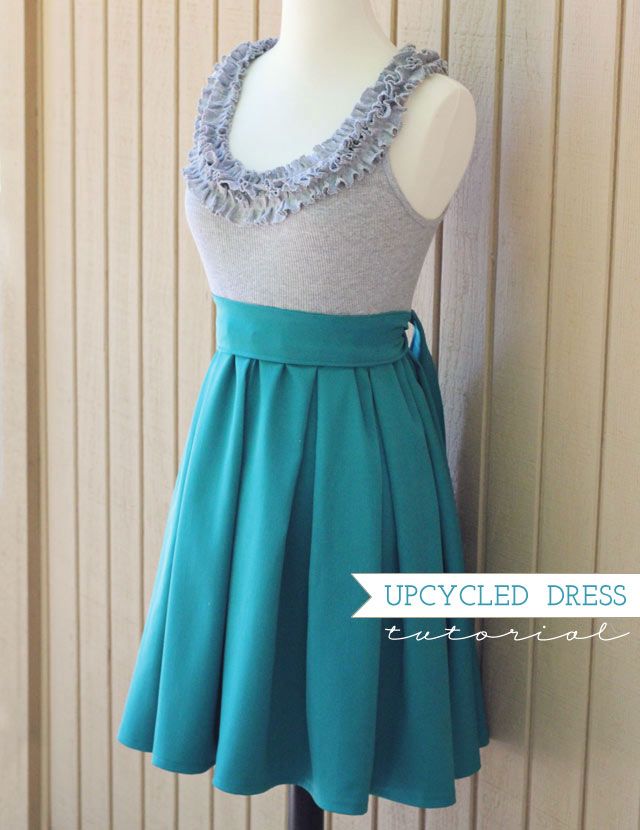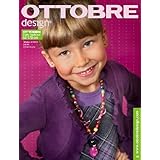A huge advantage to the digital age is that we are no longer limited to the ‘Big3/4’ tissue patterns you find in stores. Not only are their unlimited numbers of free tutorials but there are also many eBooks or .pdf patterns you can download & print off at home instantly! There are also great books that offer a variety of patterns as well as other sewing & technique information.
EBOOKS & .PDFS:
I will say the one down side to eBooks is anyone can write them and they are NOT created equally! I always google first to make sure their isn’t a free tutorial already out there (often there is). Then I read the description to see if it includes any printable pieces or it’s just a tutorial for making your own & not an actual pattern. Then I try to red reviews if I can. I am also prepared for the fact that some of them are written by very new seamstresses & they do not always teach the proper techniques & often leave steps out. That being said they normally come with lots of pictures, you can print the pieces out at home (you tape them together & cut them out) so you can get started right away & then you can email the author if you need help. These can be helpful at building up confidence in those new to sewing because often they are easy to follow with all the pictures.
There are many places that sell them & email them to you right away but the 2 most common places are www.Etsy.com & www.YouCanMakeThis.com.
FREE TUTORIALS:
If you have explored my site at all you will see I am a HUGE fan of these! Again they are not all created equal… some just have basic text that can be a bit confusing or others have lots of pictures & little text to explain what they are doing. It is also not uncommon for them to use short cuts that work around proper techniques which may confuse you later on if you use paper patterns or good pattern books.
That being said being free they can be an invaluable tool for the at home crafter! You can find thousands that I personally have compiled from all over the web here on a list on my blog and many more here on my pinterest wall. Both are very organized by types of projects so you don’t have to spend hours weeding through pages of stuff you aren’t interested in. If I can’t find something on those lists I just google it & you would be surprised what you will find!
For those of you who just got a new machine for Christmas & are looking for a few basic starting projects here are a few free tutorials I recommend!
The Upcycled ruffles dress tutorial
20 Minute Simple Skirt

Pajama Pants tutorial- size infant to 8 years
 Cool Car Caddy Straps On To Headrest
Cool Car Caddy Straps On To Headrest
linen napkins {a tutorial}
 Pretty quick pillowcase tutorial & bonus french seam instructions!
Pretty quick pillowcase tutorial & bonus french seam instructions!
TISSUE PAPER PATTERNS AKA The ‘BIG3/4’:
You will often see the reference to the ‘Big 3’ or ‘Big 4’ patterns. These are in reference to the main 3 or 4 company’s that make the tissue paper patterns you find in stores like JoAnn’s. This is what women have been using for years. I have a love hate relationship with them. Honestly the sizing is ALL over the map… even if I go based off the measurements on the envelope at times the ease (room for movement) is always different & I can make an 8 in one pattern & a 12+ in another. They can also be a bit difficult to understand. My favorites of these type are Burda & Kwik Sew. BUT I do use others at times & here are some tips I have…
- Trace your pattern pieces! We were too poor not to growing up, but I like to reuse the pattern multiple times instead of only getting one size out of it. Plus the tracing paper is more durable & easier to work with.
- Compare main pieces to a pre-made item! Their should be about 5/8″ extra pattern piece on each side of the finished garment (the seam allowances) Often by doing this I can tell if I need to go up or down a size. This has saved me tons of times when making children’s garments because they can vary the worst!
- Check out http://sewing.patternreview.com/ for reviews on the patterns! This will often help warn you of any major issues & find tips on how to correct them.
DESIGNER PATTERNS & BOOKS:
In the last few years as everything has become easier to access a lot more seamstresses have jumped into the design & pattern making world! These patterns & books tend to be more expensive then the tissue patterns you can get on sale cheap. That being said often times (though not always) the sizing will be better, there are better directions and the final product is much more like the picture. The other nice thing is the books often have a lot of information on techniques and different ways to embellish your items to get the most out of one pattern. They may be more expensive, but they also have most then just a few patterns!
My favorite designer pattern of all time is The Emmeline Apron Pattern
I also LOVE the patterns from Jalie Patterns which have a great fit & are AWESOME clothing patterns for knits!
A few pattern books I have bought & love are:
One-Yard Wonders: 101 Sewing Fabric Projects; Look How Much You Can Make with Just One Yard of Fabric! (This is a great book but there are some errors in it!)
Fabric-by-Fabric One-Yard Wonders: 101 Sewing Projects Using Cottons, Knits, Voiles, Corduroy, Fleece, Flannel, Home Dec, Oilcloth, Wool, and Beyond
Little Girls, Big Style: Sew a Boutique Wardrobe from 4 Easy Patterns (This is a GREAT book for beginners!)
EURO PATTERNS:
Euro patterns are from Europe of course! They tend to be well made & can create many unique & boutique looking items. I also find that their women’s clothes seem to fit a lot better & the sizing seem more accurate. They are again more expensive. That being said they tend to have text only for the directions and very basic at that. They come on big pattern sheets often with pieces overlapping & you have to carefully trace the right size. Also they do NOT include seam allowances so you have to add that to the pattern after you trace it.
They can be intimidating at first, for many reasons & I don’t recommend them for someone brand new to sewing. That being said once you have traced patterns & have a better idea of general item assembly they are a lot more manageable.
I LOVE some of the dresses & the leggings in the book, but I will be honest there is only 3 items that can really be made for boys so I wouldn’t buy it just for that.
Sewing Clothes Kids Love: Sewing Patterns and Instructions for Boys’ and Girls’ Outfits

You can also find great things for kids from Farbenmix & Abracadabra.
Again I am sure I am leaving out a ton, but hopefully this is somewhat useful and will get you on your way to getting started :).












2 Responses
sewsurprising
Nice explanation for both old and new sewers, never hurts to refresh your knowledge or learn something new. I do agree that Kwik sew patterns are wonderful, I personally prefer them over a lot of the “new” patterns that are coming out aimed at making sewing easier, having purchased a few of them I will confess I did have a few issues with how things were done, not sure if cutting corners makes for a better sewing experience or nicer completed garment 😉
Kymy
I agree which is I mentioned a few times that they may be easier but they don’t always have the proper technique. And they are DEFINITELY not created equally.